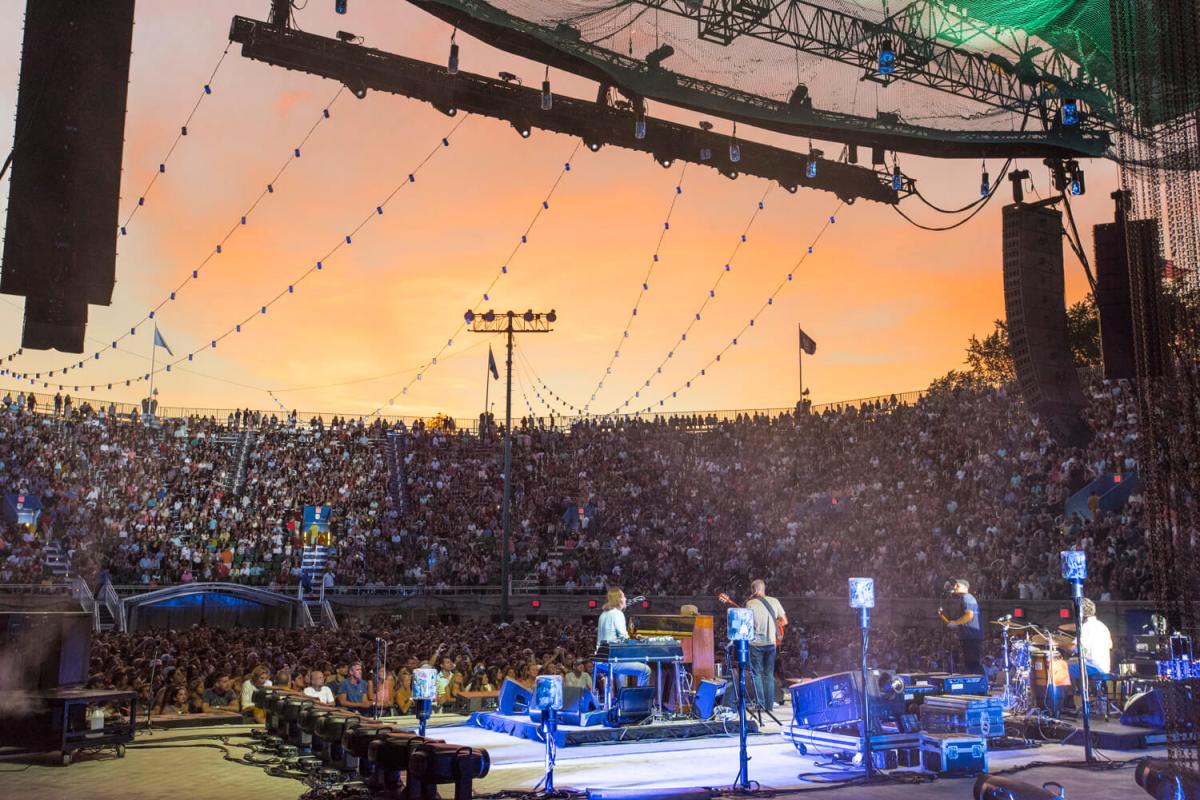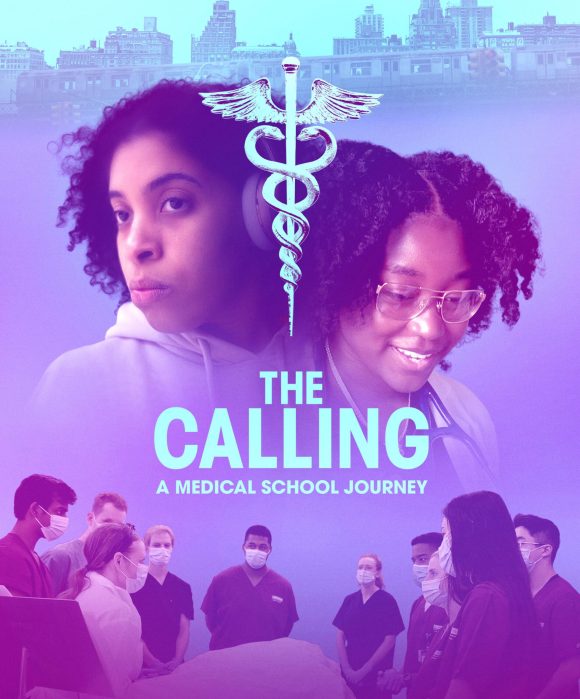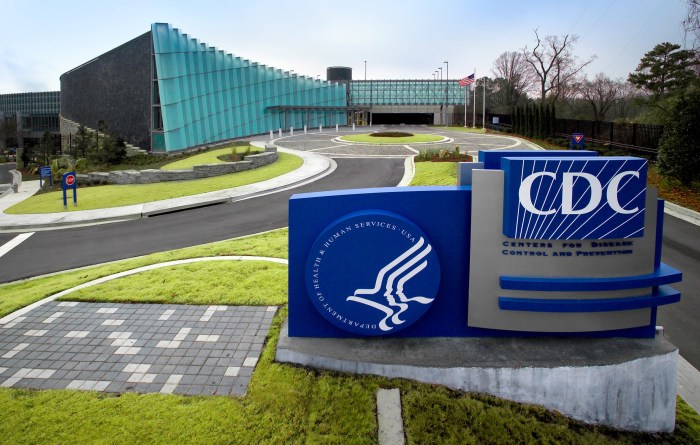
Advocates for the Brooklyn Queens Connector, the waterfront streetcar project initially proposed by Mayor Bill de Blasio, unveiled a prototype for the project on Monday — even as virtually everything about the project, including if it will happen at all, remain up in the air.
The prototype car, which has a capacity of about 150 people and cost about $100,000 to construct, features street-level boarding and higher average speeds than buses, according to Friends of the Brooklyn Queens Connector. The advocacy group, which has several large development firms on its executive committee and board of directors, is insisting that de Blasio make the project a priority in his second term.
“This should be a community-driven project,” said Brooklyn Borough President Eric Adams, speaking at the Brooklyn Navy Yard. “And as you move through the area, people are raising different questions about different aspects of this initiative: They’re talking about should it be designated lanes? What location? What stop? Those are great questions — you’re not hearing people say no to the idea.”
But in April, de Blasio admitted that funding issues might derail the BQX, estimated to cost $2.5 billion, before it even gets off the ground. He first introduced the idea in his 2016 State of the City address.
“We are in the midst of brass-tacks, block-by-block assessment of engineering costs and revenue projections for the innovative new streetcar,” a spokeswoman for the mayor’s office said in an email. “We look forward to engaging with New Yorkers as the project unfolds, and we work through the details and pursue a competitive bidding process for all elements of the project.”
The proposed light rail would run for 14 miles from Astoria, Queens, to Sunset Park, Brooklyn, making stops in areas that do not have a subway line, such as the Navy Yard and Red Hook.
“Public transit is the key and the missing link to connect New Yorkers to opportunity, to jobs, to good paying jobs, to education,” said Ya-Ting Liu, the executive director of Friends of the Brooklyn Queens Connector. “On the heels of Mayor de Blasio’s re-election, we really call on the city of New York and the mayor to take action and move this project forward.”
Many aspects are still up in the air, like exactly where the stops would be, how the system would interact with existing traffic, and whether or not the fares would be integrated into the MetroCard payment system.
Critics of the project have raised additional concerns, including the fact that the line would cover flood-prone areas of the city, as well as its efficiency compared with buses.


































